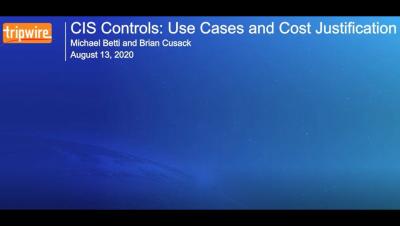SCM in Practice: How to Strengthen Your Organization's Security Processes
Security configuration management (SCM) involves maintaining a secure baseline configuration for an organization’s systems and monitoring those assets for deviations from that baseline. This fundamental control pairs well with other elements of an organization’s security strategy. As such, SCM enables security teams to harden their organization’s cloud workloads, industrial environments and other IT assets against digital threats.



